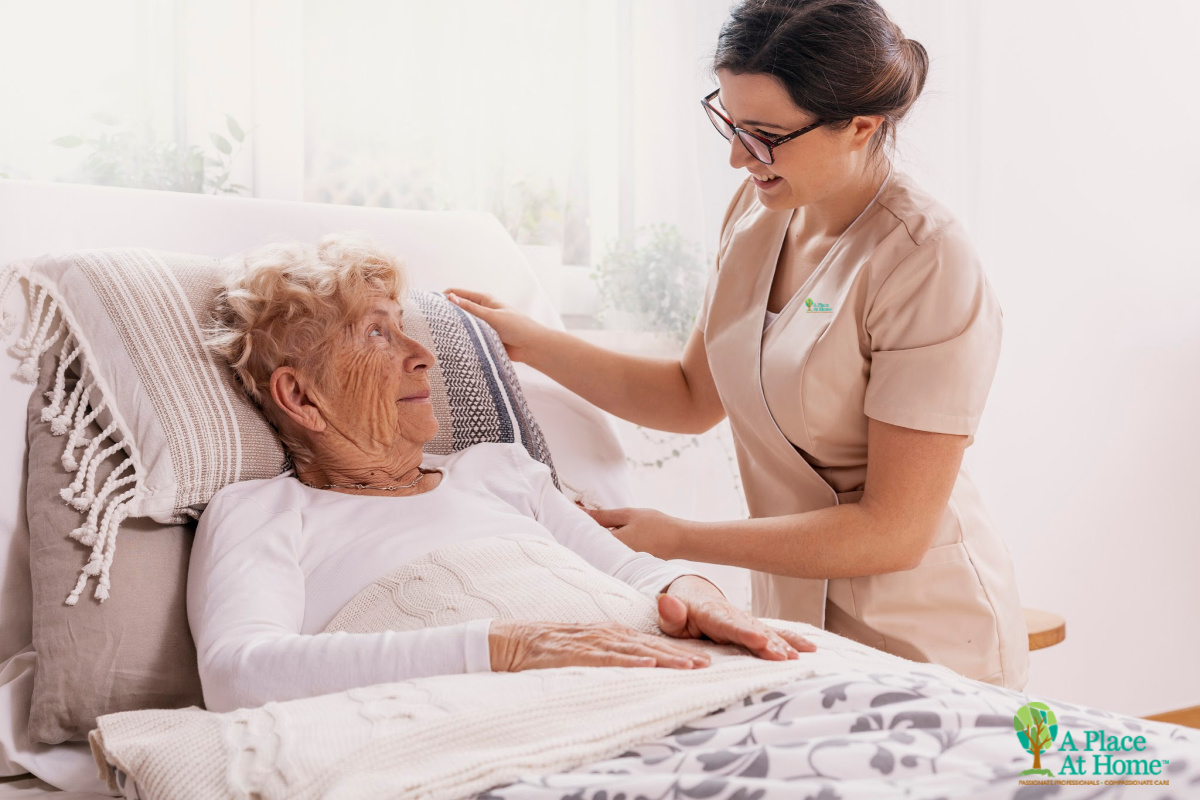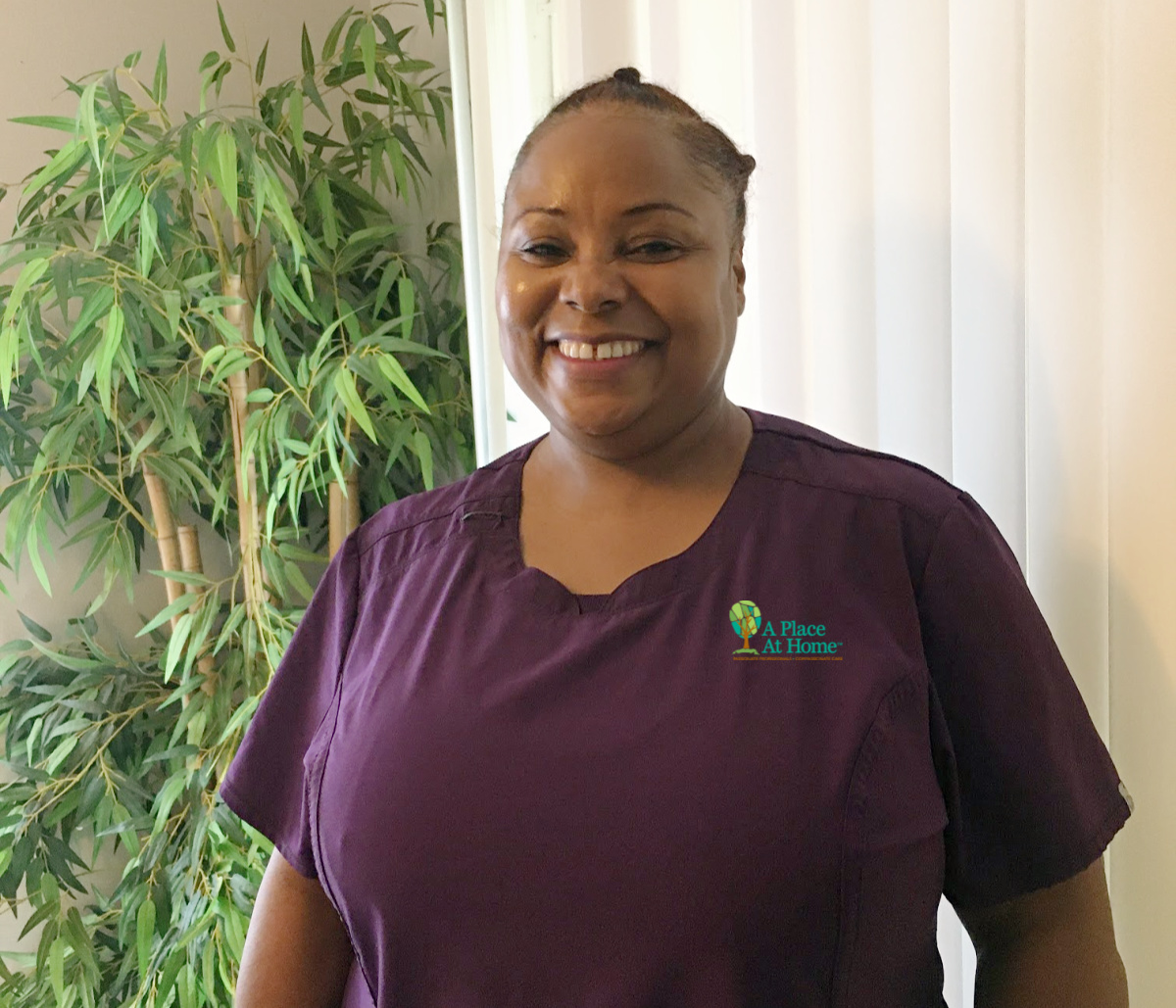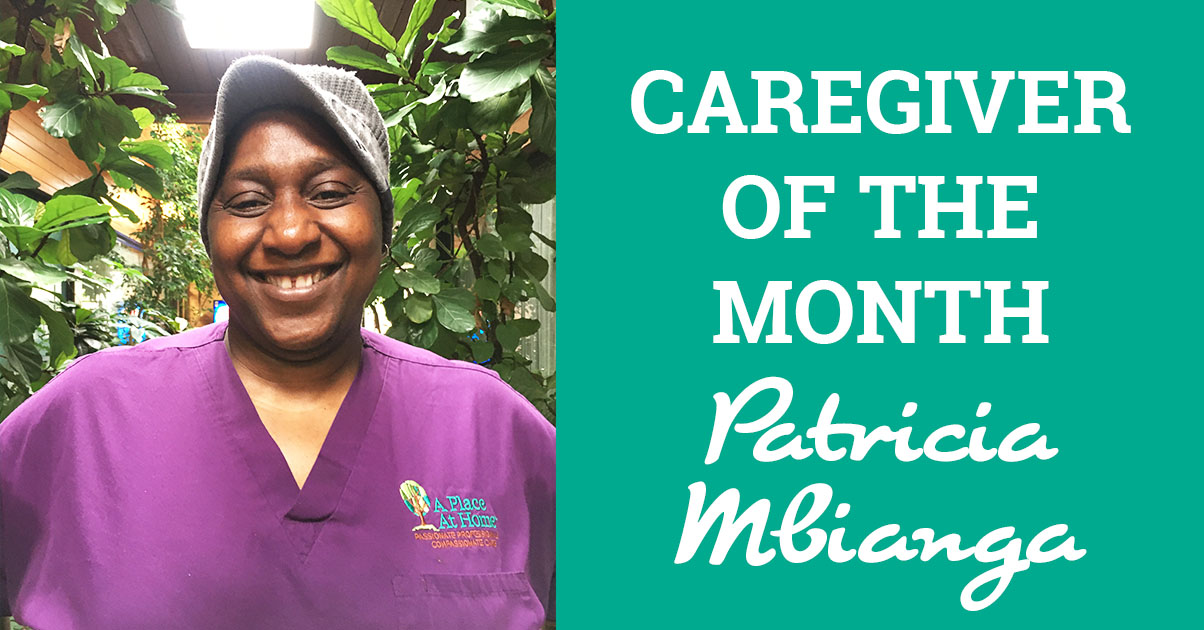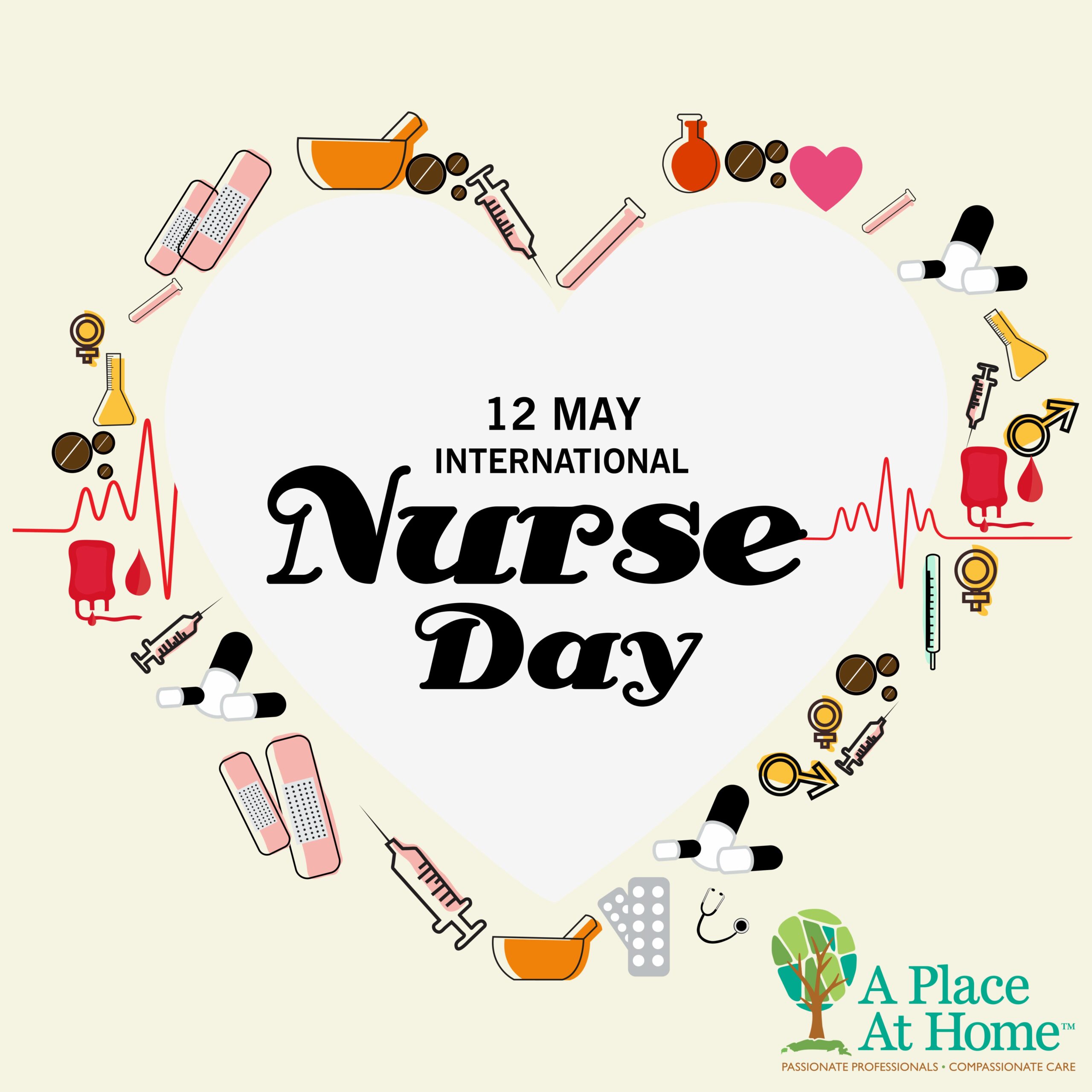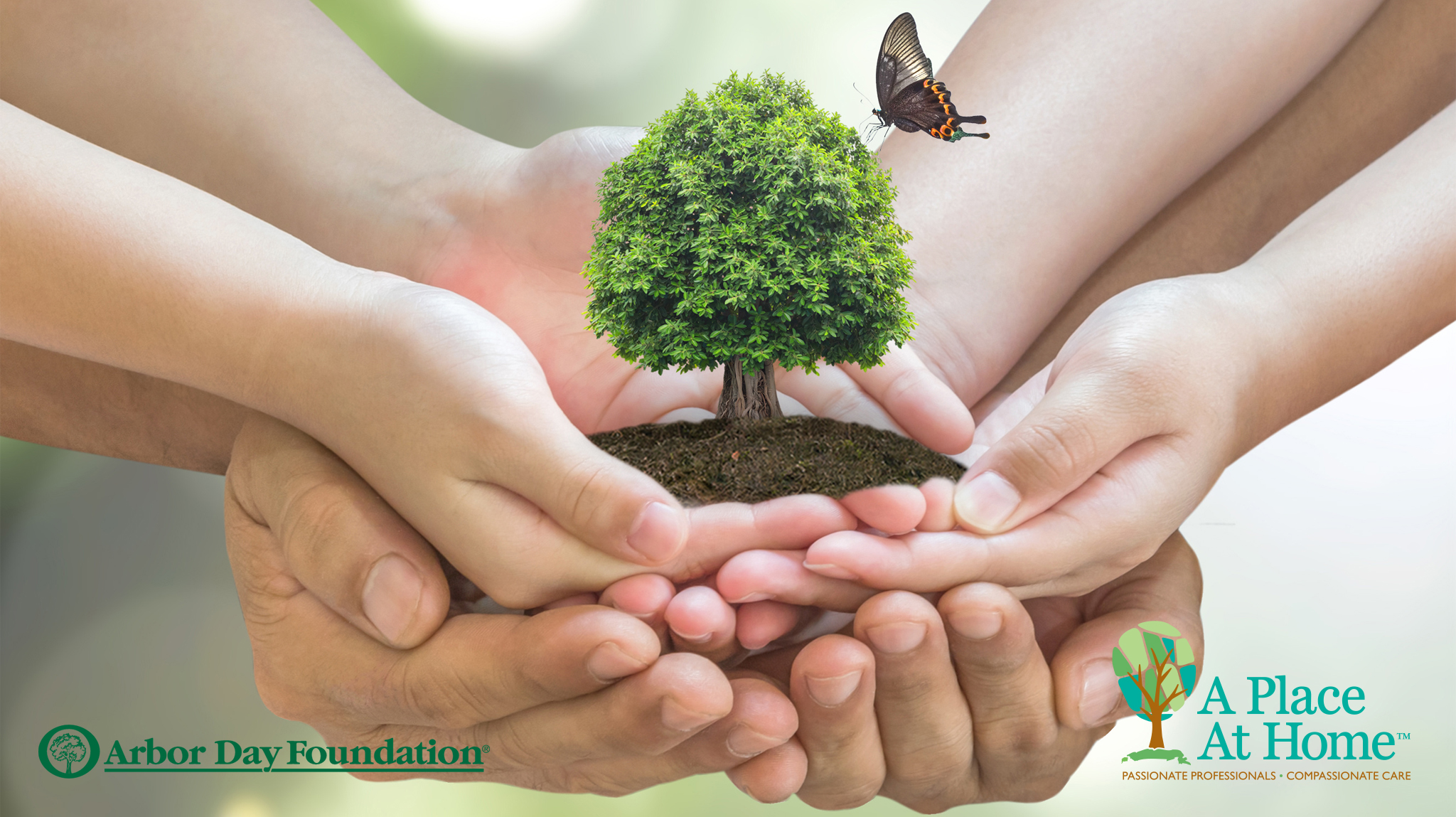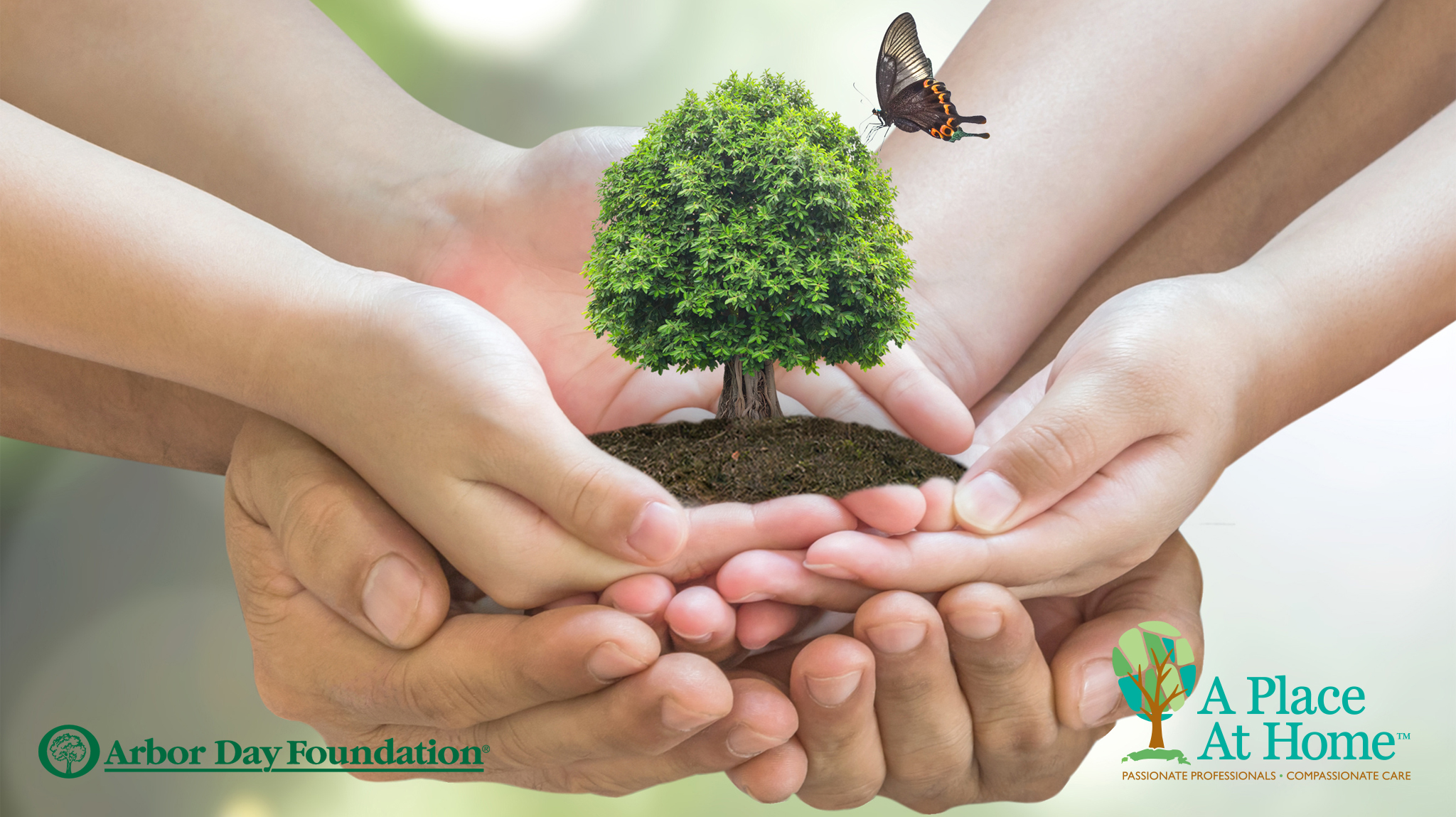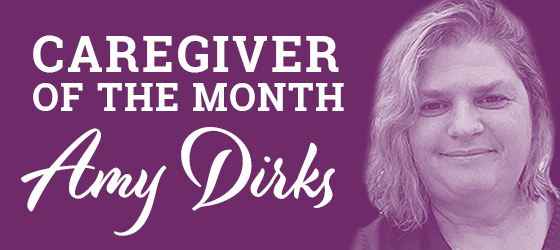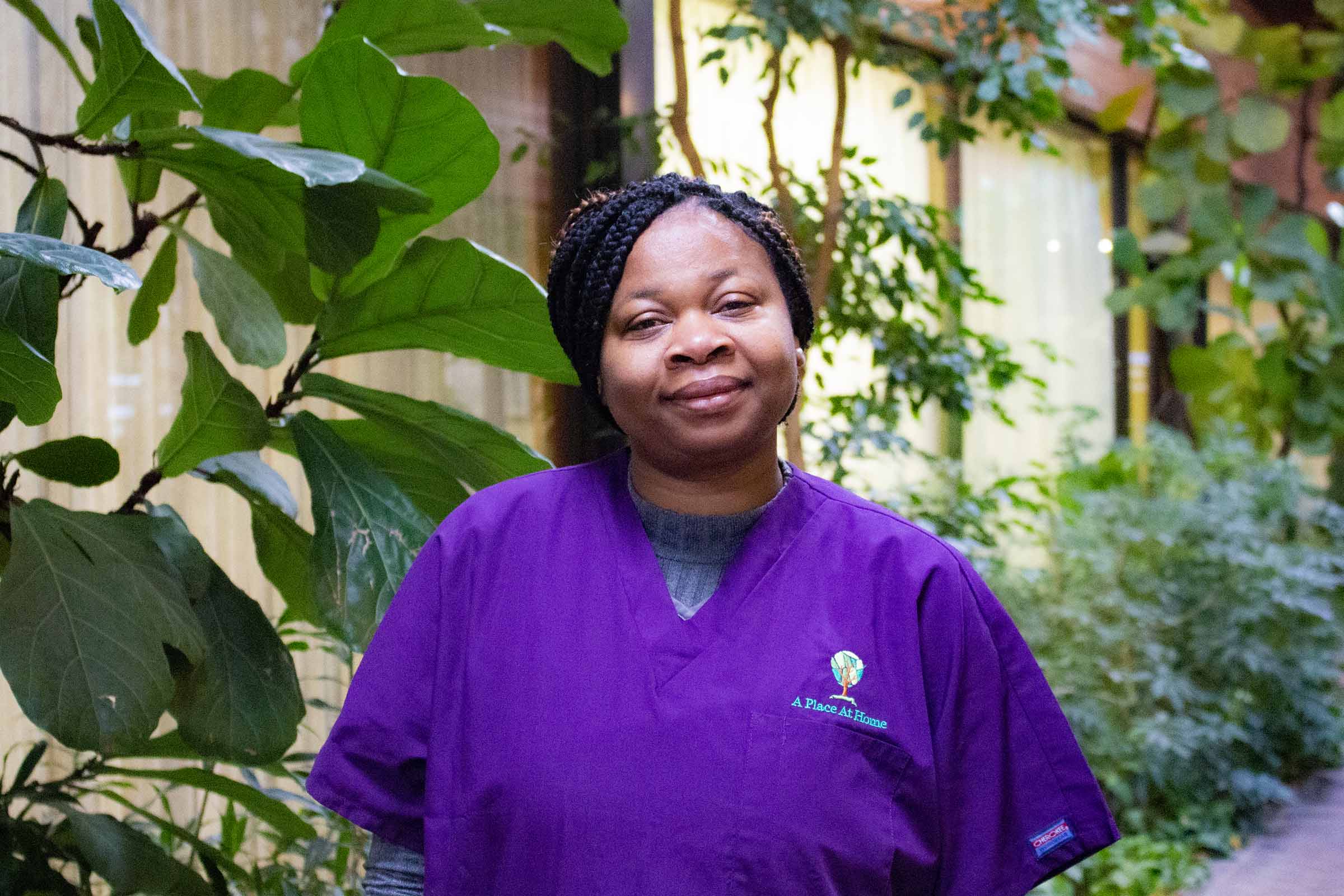Hospital readmissions are expensive – costing 41.3 billion dollars per year. A Place At Home is making an impact in the industry by utilizing Quality of Care – and striving to reduce readmission rates across the nation.
As an aging adult, your goal is to stay healthy and independent in your own home. A hospitalization can negatively impact your independence. If you get sent to a rehabilitation center after being discharged from the hospital, it can be weeks before you return to your home. Once you are finally home, the last thing you want to do is end up back in the hospital days or weeks later. At A Place At Home, your goals are our goals. That’s why we use Quality of Care for all of our clients. Our software allows your caregiver to record any change in your condition, in real-time, reducing hospital readmissions.
We track your recovery and report concerns so they can be addressed safely and timely in your home.
What does Quality of Care look like? Let’s say you have diabetes, and recently suffered a heart attack. You spend five days in the hospital, then another three weeks in a rehabilitation center. You’re happy to be home. Social Work sent you home with home health, as well as caregivers from A Place At Home. At home, you find that you often feel dizzy and out of breath. Your blood sugar is all over the place, and you feel confused a lot of the time.
Your caregiver is noticing these things as well, and she’s recording them.
Each time she marks a change in condition, your Care Manager at A Place At Home receives an alert in real-time. Your Care Manager reports these changes to your health care team, including your home health company, as well as your primary care doctor and cardiologist. Your health care team issues guidelines to treat your symptoms at home.
You continue to get stronger and have a better quality of life, staying in your own home.
How would this situation look without A Place At Home and Quality of Care? What are the chances that you would readmit to the hospital if you didn’t have someone there, addressing any changes in your condition? Fairly high. The readmission rate for patients with comorbidities after a heart attack is 20% within the first 30 days after being discharged home. It’s 50% for six months after. Each hospitalization is a setback for your health, independence, and quality of life. Not to mention how costly it is.
Those setbacks make it unlikely that you’ll be able to stay in your home long term.
A Place At Home’s Quality of Care program is more than just a term to describe what we do. It’s a calculated, consistent plan of action that prevents you from being readmitted to the hospital. Your quality of life is of the utmost importance to us. Our passion is senior-focused care, and we center the care we provide to you on your long-term goals. Contact us today to discuss your goals and how we can help.

